Online shopping provides a quick and convenient way to purchase products, and this is especially true for the...
Sporting Wheelchairs
Sport wheelchairs facilitate the playing of athletic events for the For competitive athletics, each event has specially designed athletic wheelchairs to match the requirements for balance, quick-turning, speed, acceleration, weight-bearing, strength, and safety. Competitive athletes require more specially designed devices that offer better performance and safety. For those participating in athletics for exercise o
Why Sports?
Lower limb disabilities often require dependence upon manually propelled wheeled chairs for mobility. Disabilities involving the lower limbs transfers the work of ambulation from the legs to the arms to complete daily activities. Compared with the legs, arm work is less efficient and more straining. It leads to a lower physical capacity. Problems with long-term wheelchair use incur not only pain and discomfort, but also the risk of slipping into a physically inactive lifestyle. Subsequently, secondary impairments like obesity, diabetes, and cardiovascular problems may emerge.1
Sporting Wheelchair Profiles

Wheelchair athletics are a growing rehabilitative practice that continues to gain acceptance. Athletic medicine began with disabled World War II veterans eager to participate in competitive athletics. It now enjoys worldwide participation in both individual and team athletics for men, women, and children. The venues now go beyond medical rehab, stretching to very competitive events with national teams contesting other nations. Biomechanics research and physiology adaptations propel the development of suitable wheeled devices even further. Very few of the game rules differ for the disabled players from the original regulations used by non-disabled players. The disabled prefer few accommodations on behalf of their disability. The disabled desire to compete in events as close to the original as possible.
The wheelchair is a common denominator for all disabled participants with mobility impairments. The device assumes the same significance or role in the activities as a polo player's horse, a hockey player's skates, or a track athlete's shoes. The device's function accords it the status of athletic equipment, and the proficiency of its use becomes, in part, a measure of the athlete's ability. An athletic wheelchair bears a slight resemblance to the devices found in hospital corridors. The athletic chairs are "sleek, low to the ground, arm-powered go-carts with lightweight frames, high-quality bearings, and tubular tires. Many athletes design and build their own wheelchairs."2
Wheelchair Anatomy
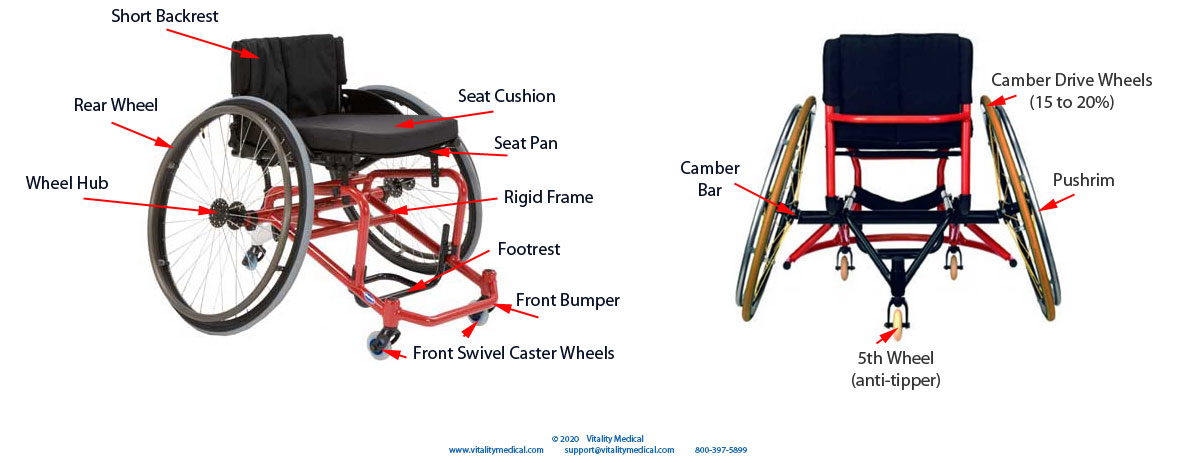
"Sports and recreation are cornerstones of how we define ourselves as human beings, and the competitive spirit is just as prominent in individuals with disabilities as it is in their able-bodied counterparts."3 Mobility impaired athletics "are an important tool in the rehabilitation of people with severe chronic disabilities and have been a driving force for innovation in technology and practice…. Many advances in trace their origins to [disabled wheeled athletics]. Features of wheelchairs… used for racing and basketball 25 or more years ago have become integral to the manual [wheeled chairs] that people now use every day; moreover, the current components used on ultralight [models] also have benefitted from technological advances developed for [athletic wheeled devices]."4
Types of Athletic Wheeled Devices

Below is a summary of athletic activities with wheeled chairs and ranked in order of popularity.
#1 Basketball

Basketball is the most popular and is the fastest-growing activity among the disabled. It is a team effort in which two groups of players oppose each other to score the most number of baskets during a set period of time. Players on each team work together to maneuver a player with the ball to a scoring position. Players score by putting the ball through the basket—a difficult feat while in a seated position. Modified rules for traveling exit for the disabled, allowing players to touch their wheels no more than twice after receiving or dribbling the ball. The rest of the game plays the same as regular basketball. It is among the Paralympic events held every four years.
USA vs Great Britian Rio Paralympics Basketball Video (1:29:05 minutes)
#2 Rugby

Rugby is a Paralympic wheelchair event. It plays on an indoor court with four to six players on each team. Teams score by taking a round ball similar to a volleyball across the marked goal post area. Players roll their chairs to block and screen opposing team players. Players carry the ball and pass to team players to move the ball down the court to score. Similar to hockey, fouling players may go into a penalty box for a sanctioned period.
The wheeled chairs used for rugby have a durable frame with an extensive bumper around the front to protect the player and chair. The seat is lower for better balance and control. The wheels have spoke protectors and frequently require replacing throughout the game. Some wheels do not have drive rims so players push on the wheels to move.
USA vs AUS Rugby Rio Paralympics Video (2:07:47 minutes)
#3 Tennis

Tennis is also a Paralympic event played on devices similar to those used in basketball. The wheels have a drive rim and have a camber wider at the bottom and narrow at the top for speed, quick turns, and balance.
GBR vs JPN Men's Tennis Lonon Paralympics Video (36:04 minutes)
#4 Softball
Wheeled devices used for softball usually come from the multi models. The game plays on an outdoor hard surface with four large bases. Batters swing at the pitch with a one-handed bat for a short field and two-handed bat for larger play areas. A chock or wedge keeps the wheelchair stable while the player is at-bat. Batters proceed around the bases in their wheel chairs after hitting the ball. The team in the field catches fly balls, tags the runner with the ball, or gets the ball to the base before the runner to force the runner out. When the fielding team achieves three outs, they exchange places with the batting team. Teams score when runners complete all four bases.
Softball On Wheels Video (11:11 minutes)
#5 Hockey
The fifth most popular is wheelchair hockey. Small hockey sticks push a tennis-sized ball towards a hockey goal. Players navigate on manual or motor-driven devices that look similar to those used for basketball. The game plays like indoor floorball.
Floor Hockey Video (3:38 minutes)
#6 Dance
Wheelchair dance takes place in several different formats, including solo, duo, and group performances. Sometimes the dancers are a mix of wheelchair users and non-handicapped dancers. Styles include the waltz, tango, jive, rhumba, samba, quickstep, foxtrot, and more. Dance makes use of athletic wheeled chairs to navigate an indoor dance floor.
Dance Video (2:29 minutes)
#7 Football
Football is the most popular athletic event in the U.S.A. and is adaptable for the mobility impaired. A foam football must cross the opposing team's end zone to score. The game plays on indoor courts, outdoor courts, or parking lots. There is rushing, blocking, hiking, and passing. Tackling takes place by touching the player or wheelchair that is carrying the ball. Best played with active wheelchairs, manual and motor-driven chairs adapt to game play as well.
Football Video (10:57 minutes)
#8 Racing

Just about anything that has wheels is found in racing, which includes wheeled chairs. Races take place on track-and-field arenas, over sidewalks, streets, and road courses. Races can be endurance runs or short set distances. The first to cross the designated finish line wins.
Competitive racing takes place with specially designed lightweight athletic wheeled chairs that are sleek and lightweight. The wheels tend to be larger to provide increased leverage and narrower to decrease friction. To further reduce friction, these devices use only three wheels. The frames are lightweight and compact to support aerodynamics to maintain speed and reduce drag as much as possible. A racing wheelchair is not a good option for other athletics due to its more fragile construction and decreased stability. A very popular brand of racing wheelchairs is Top End Wheelchairs from Invacare.
Racing Video (6:41 minutes)
#9 Soccer
This athletic event plays with four to five wheelchair users on each team. The game plays on a modified indoor basketball court with an oversized soccer ball. Manual or electric wheelchairs provide transport for the players. The chairs have a fence-like, bumper device on the front of the wheelchair, used to maneuver the ball. Another version of the game plays without the fence, allowing players to carry and dribble the ball, much like basketball. Scoring takes place in both versions by getting the ball between the goal post of the opposing team.
Soccer Video (1:33 minutes)
#10 Bowling
This game plays on a regular bowling alley with standard balls and rules. The only difference is that the players roll in electric or manual wheeled chairs. Many war veterans participate in this event weekly.
Bowling Video (2:01 minutes)

Listed below are other popular wheelchair athletics.
- Curling - a Paralympic event
- Fencing - a Paralympic event
- Table Tennis
- Badminton
- Racquetball
- Sailing
- Freestyle
- Marksmanship
- Archery
- Wheelchair slalom
Selecting the Best Sport Wheelchair
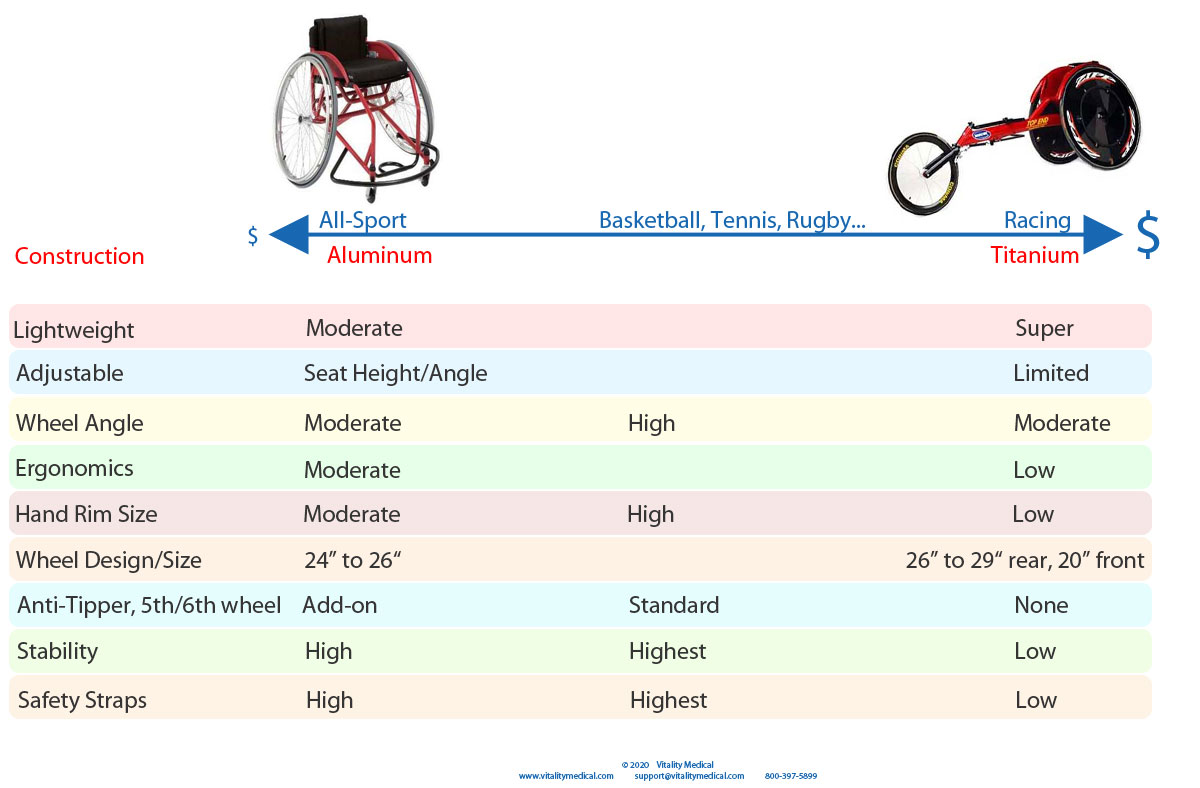
In the selection continuum above, wheeled chairs to the left are typically less expensive than wheelchairs on the right. Aluminum framed devices are much less expensive than titanium; however, titanium is a more rigid and durable material. The All-Sports versions that allow for participation in multi applications are generally less expensive, more adjustable, less stable, and less lightweight than the models designed for a specific game. Below is a summary of the factors important to consider in purchasing the best athletic wheelchair.
Purchasing Considerations
Lightweight
Aluminum frames are lightweight, making wheelchairs easier to propel and change direction. Titanium frames are available for serious competitors but significantly increase the cost. For racing venues, lightweight is of particular importance to gain and maintain speed. For climbing hills, lightweight sport wheelchairs make all the difference.
Adjustability
Adjustments on wheeled chairs used for athletics are few. These devices are rigid to withstand the stress and strains associated with vigorous play. Adjustable devices allow too much flexibility and unwanted movement on the frame, which shifts weight in awkward directions. In many instances, manufacturers of these devices make custom-fit devices to meet individual requirements. There are few adjustments because any adjustment would degrade energy transfer to the wheels, and thereby, decrease the effectiveness of the rider to propel and control the wheelchair.
Wheel Angle
The higher the wheel camber, the wider the wheelbase across the bottom. The wide wheelbase offers more lateral stability. Stability is one of the most important factors cited by users in medical studies of wheelchair performance.6 Wheel camber allows for a more accessible access drive rim for the user. The positioning of the drive rims with camber alignment offers a more natural grasping and pushing motion for the users. More protection for the user's hands from scrapes and bumps prevails because the wider wheelbase at the bottom will make contact with other objects first, thereby protecting the hands and wrists. The wheel camber also provides for sharper turns and helps prevent tip overs.
Ergonomics
Gameplay can last a considerable time. User comfort is a significant factor for stamina and enjoyment for the participant. Optimizing the ergonomics of the wheelchair and the relationship of the user is a synergistic effort. Streamlining that connection between user and device contributes to improved performance and safety.7
Hand Rim Size
Larger diameter hand rims help improve grip, acceleration, and change of direction. Large hand rims come at the cost of requiring an increased range of motion upon the user. Extreme ranges of motion imposed upon some users during propulsion may increase the risk of strain and injury.8

Sports-Specific vs. All-Sports Design
An athletics specific chair utilizes a targeted design to meet the performance needs for that activity. Wheeled chairs for athletics are usually non-folding to maintain a rigid frame to withstand the stresses involved with athletic activities. Most owners reserve these devices for the athletic event and not for everyday use. Many athletes have two chairs—one for everyday use and one for their preferred activity. Many disabled participate in more than one athletic event and tend to follow seasonal athletic events. If they cannot afford multiple chairs for competition, they may select a multisport design that may lack specific features found for a particular competition, but is suitable to serve in multiple types of events. The allsport, all-court, or multi models offer the advantage of being versatile to migrate from one sport to another as interests change.
Wheel Design and Size
The wheels are generally designed with spokes to be more lightweight. Spokes damage easily with collisions. Some athletics, like rugby, utilize a spoke guard or shield to help prevent damage.
Racing devices use significantly smaller frames to provide less drag and friction. The wheels are slightly larger to offer the rider more leverage. Racing models use pneumatic tires for a smoother ride and to help maintain speed. Anti-tipper wheels used to keep the device upright grace most wheelchairs other than those used for racing. Anti-tipper wheels would hinder speed on the racing models.
Stability
These devices have a rigid design to transfer as much energy from the rider to the wheels as possible. There are fewer moving parts to allow maximum energy transfer. Flexible and highly adjustable models would absorb too much energy, decreasing the effectiveness of the rider and placing more strain on the wrists and shoulders.
Lowering the seat height improves the center of gravity. A lower center of gravity contributes to better balance and more stability. The best designs have a seat positioned as low as possible without having the user's feet drag the ground.
Safety Straps
Belts and straps help to keep the player secured to the wheelchair. There are belts for the waist and hips of the player, and straps for the knees and legs to keep them fixed during play. Tightly strapped players can flip themselves back unto their wheels unassisted after they have tipped over.
FAQ's
How do wheelchairs used for basketball differ from regular wheelchairs?
The wheeled devices used for basketball have angled wheels that camber inward at the top and outward at the bottom where they meet the floor. The cambered design offers greater speed, mobility, control, and turning ease. A support frame runs along the front bottom to prevent entanglements with other chairs during play. Anti-tipper wheels positioned in the back of the chair help keep the chair upright. The seatback is only a few inches high, allowing maximum freedom of movement. Most athletic wheelchairs copy this design with few modifications.
How do racing wheelchairs differ from other wheelchairs?
The racing models are more lightweight with the smallest profile possible. Constructed with the lightest materials, the racing models usually only have three wheels, two of which are drive wheels. The multisport versions are larger and provide more range of motion for the torso and the upper limbs. They also have protective framing to shield the rider from collisions.
What is an active wheelchair?
An active wheelchair provides for more freedom of movement, particularly the torso. This type of mobility device is popular among athletic enthusiasts that have a mobility impairment. These devices are better balanced and offer increased mobility to engage in quick starts, stops, pivots, and turns. They offer a higher degree of stability for more safety.
Footnotes
- 1 Lucas HV, Sonja de Groot, and Thomas WJ Janssen. "Manual wheelchairs: Research and innovation in rehabilitation, sport, daily life and health." Medical engineering & physics 28.9 (2006): 905-915. (Last Accessed September-28-2020)
- 2 Botvin Madorsky, Julie G., and Kathleen A. Curtis. "Wheelchair sports medicine." The American journal of sports medicine 12.2 (1984): 128-132. (Last Accessed September-28-2020)
- 3 Laferrier, Justin Z., et al. "Technology to improve sports performance in wheelchair sports."Sports Technology 5.1-2 (2012): 4-19. (Last Accessed September-28-2020)
- 4 Cooper, Rory A., and Arthur Jason De Luigi. "Adaptive sports technology and biomechanics: wheelchairs." PM&R 6 (2014): S31-S39. (Last Accessed September-28-2020)
- 6 Mason, Barry S., et al. "A qualitative examination of wheelchair configuration for optimal mobility performance in wheelchair sports: a pilot study." Journal of Rehabilitation Medicine 42.2 (2010): 141-149. (Last Accessed September-28-2020)
- 7 Mason, Barry S., Lucas HV van der Woude, and Victoria L. Goosey-Tolfrey. "The ergonomics of wheelchair configuration for optimal performance in the wheelchair court sports."Sports Medicine 43.1 (2013): 23-38. (Last Accessed September-28-2020)
- 8 Churton, Emily, and Justin WL Keogh. "Constraints influencing sports wheelchair propulsion performance and injury risk."Sports Medicine, Arthroscopy, Rehabilitation, Therapy & Technology 5.1 (2013): 1-10. (Last Accessed September-28-2020)
Medical Studies
-
 Brasile, Frank M. "Wheelchair sports: A new perspective on integration." Adapted Physical Activity Quarterly 7.1 (1990): 3-11. (Last Accessed September-28-2020)
Brasile, Frank M. "Wheelchair sports: A new perspective on integration." Adapted Physical Activity Quarterly 7.1 (1990): 3-11. (Last Accessed September-28-2020) -
 Cooper, Rory A. "Wheelchair racing sports science: a review." J Rehabil Res Dev 27.3 (1990): 295-312. (Last Accessed September-28-2020)
Cooper, Rory A. "Wheelchair racing sports science: a review." J Rehabil Res Dev 27.3 (1990): 295-312. (Last Accessed September-28-2020) -
 Corcoran, P. J., et al. "Sports medicine and the physiology of wheelchair marathon racing." The Orthopedic clinics of North America 11.4 (1980): 697-716. (Last Accessed September-28-2020)
Corcoran, P. J., et al. "Sports medicine and the physiology of wheelchair marathon racing." The Orthopedic clinics of North America 11.4 (1980): 697-716. (Last Accessed September-28-2020) -
 Coutts, K. D. "Heart rates of participants in wheelchair sports." Spinal Cord 26.1 (1988): 43-49. (Last Accessed September-28-2020)
Coutts, K. D. "Heart rates of participants in wheelchair sports." Spinal Cord 26.1 (1988): 43-49. (Last Accessed September-28-2020) -
 De Luigi, Arthur Jason, and Rory A. Cooper. "Adaptive sports technology and biomechanics: prosthetics." Pm&r 6 (2014): S40-S57. (Last Accessed September-28-2020)
De Luigi, Arthur Jason, and Rory A. Cooper. "Adaptive sports technology and biomechanics: prosthetics." Pm&r 6 (2014): S40-S57. (Last Accessed September-28-2020) -
 Hernley, Rod. "National Handicapped Sports and Recreation Association." Journal of Physical Education, Recreation & Dance 55.2 (1984): 38-39. (Last Accessed September-28-2020)
Hernley, Rod. "National Handicapped Sports and Recreation Association." Journal of Physical Education, Recreation & Dance 55.2 (1984): 38-39. (Last Accessed September-28-2020) -
 Medland, Joan, and Caroline Ellis‐Hill. "Why do able‐bodied people take part in wheelchair sports?." Disability & Society 23.2 (2008): 107-116. (Last Accessed September-28-2020)
Medland, Joan, and Caroline Ellis‐Hill. "Why do able‐bodied people take part in wheelchair sports?." Disability & Society 23.2 (2008): 107-116. (Last Accessed September-28-2020) -
 Perret, Claudio. "Elite-adapted wheelchair sports performance: a systematic review." Disability and rehabilitation 39.2 (2017): 164-172. (Last Accessed September-28-2020)
Perret, Claudio. "Elite-adapted wheelchair sports performance: a systematic review." Disability and rehabilitation 39.2 (2017): 164-172. (Last Accessed September-28-2020) -
 Vanlandewijck, Yves, Daniel Theisen, and Dan Daly. "Wheelchair propulsion biomechanics." Sports medicine 31.5 (2001): 339-367. (Last Accessed September-28-2020)
Vanlandewijck, Yves, Daniel Theisen, and Dan Daly. "Wheelchair propulsion biomechanics." Sports medicine 31.5 (2001): 339-367. (Last Accessed September-28-2020) -
 Vanlandewijck, Yves C., Joeri Verellen, and Sean Tweedy. "Towards evidence-based classification in wheelchair sports: Impact of seating position on wheelchair acceleration." Journal of Sports Sciences 29.10 (2011): 1089-1096. (Last Accessed September-28-2020)
Vanlandewijck, Yves C., Joeri Verellen, and Sean Tweedy. "Towards evidence-based classification in wheelchair sports: Impact of seating position on wheelchair acceleration." Journal of Sports Sciences 29.10 (2011): 1089-1096. (Last Accessed September-28-2020) -
 Zabriskie, Ramon B., Neil R. Lundberg, and Diane G. Groff. "Quality of life and identity: The benefits of a community-based therapeutic recreation and adaptive sports program." Therapeutic Recreation Journal 39.3 (2005): 176. (Last Accessed September-28-2020)
Zabriskie, Ramon B., Neil R. Lundberg, and Diane G. Groff. "Quality of life and identity: The benefits of a community-based therapeutic recreation and adaptive sports program." Therapeutic Recreation Journal 39.3 (2005): 176. (Last Accessed September-28-2020)
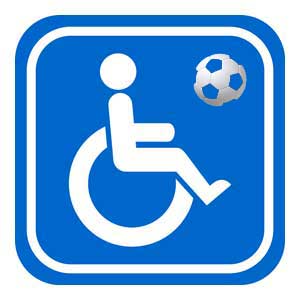
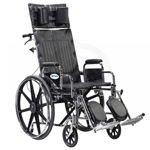
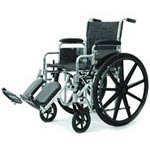
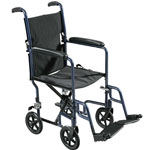
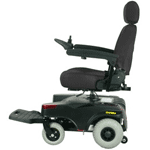
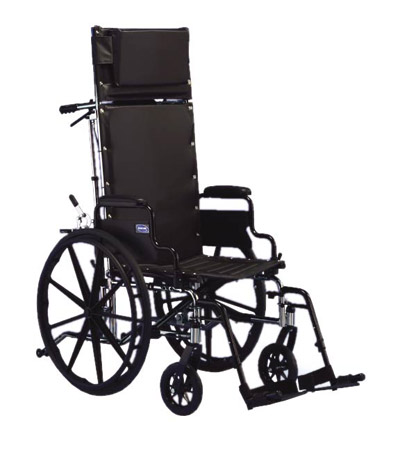
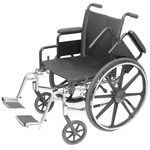
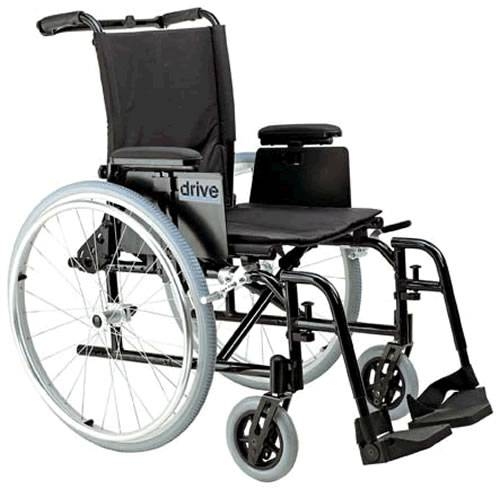
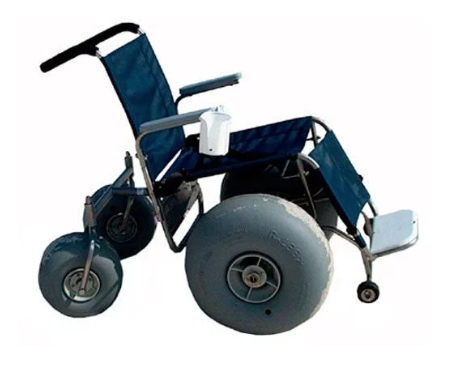
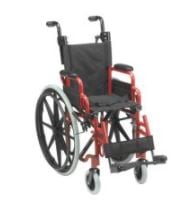

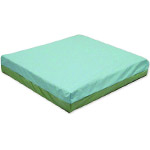

Login and Registration Form